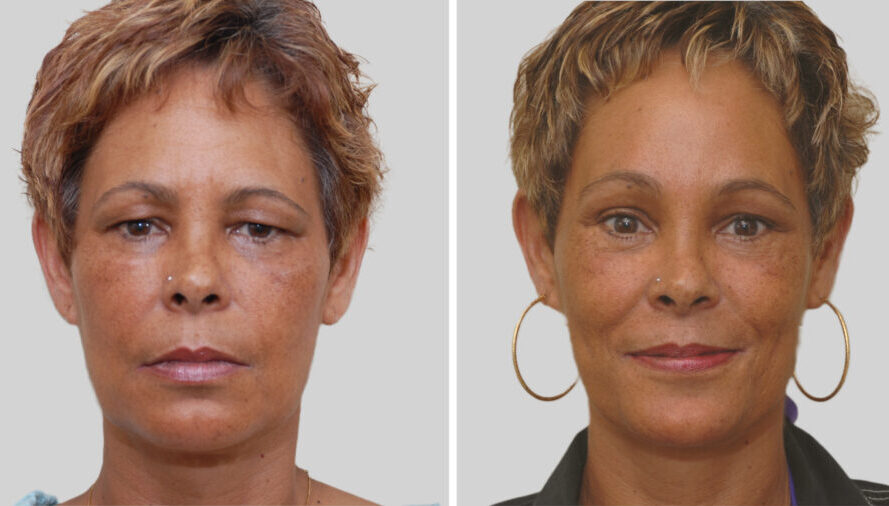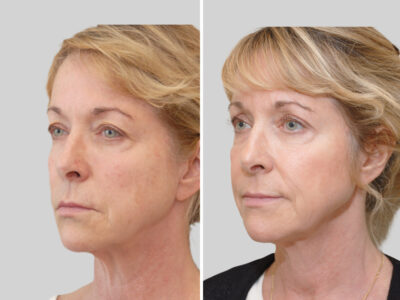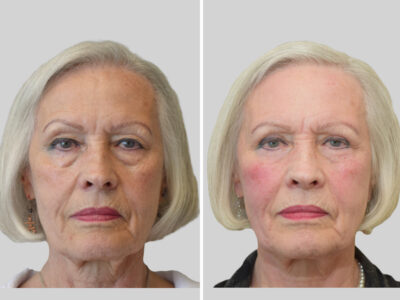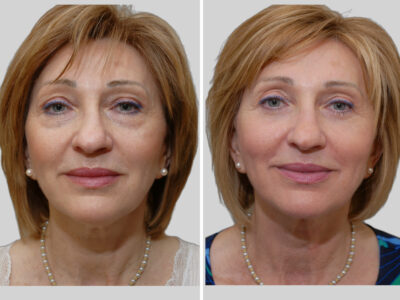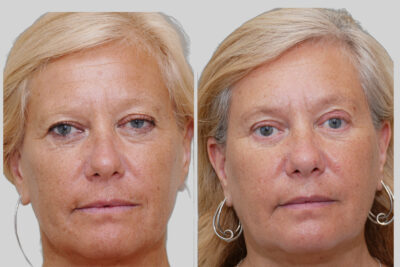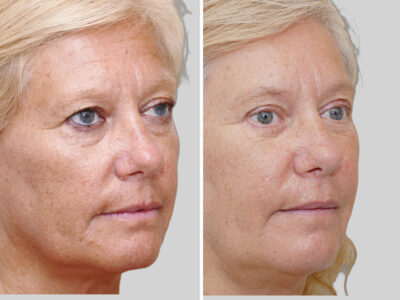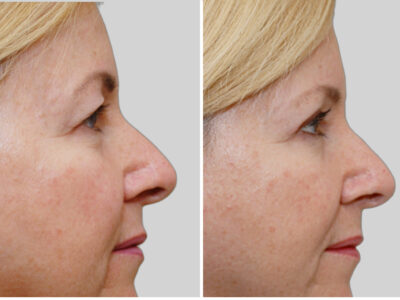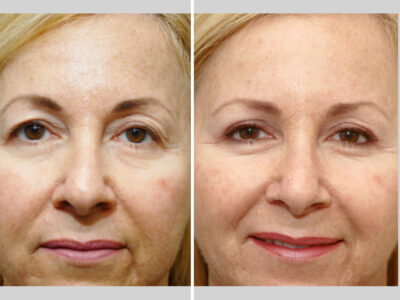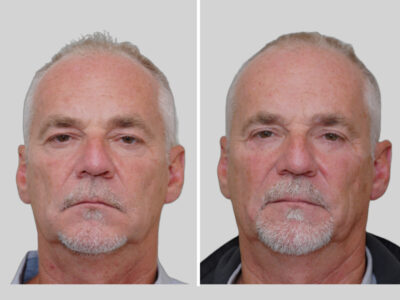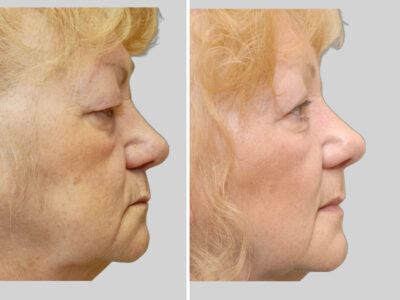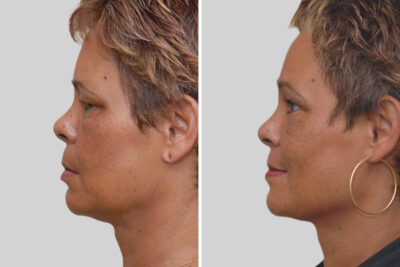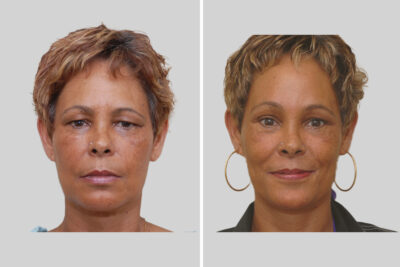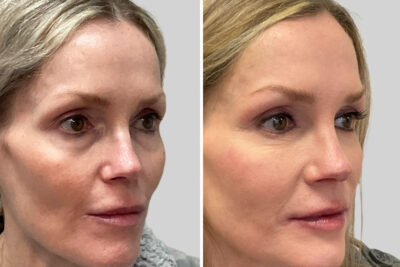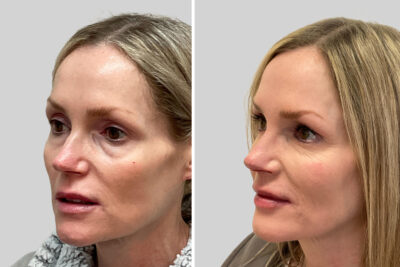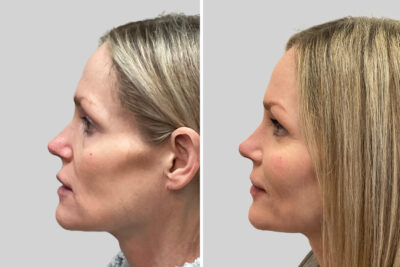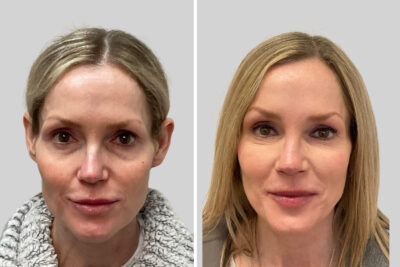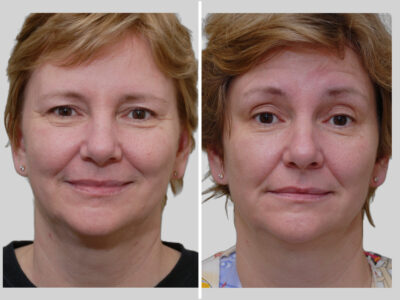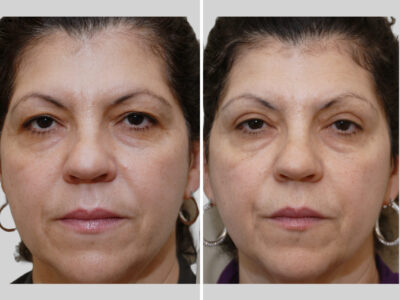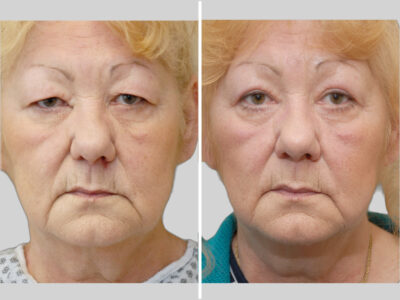Some patients do not have a lot of excess skin or wrinkles in their lower eyelids, but rather their main concern is the appearance of bags under the eyes. For these patients the best approach is often to use internal incisions in the lower eyelid only in order to excise and reduce these pockets of fat. This is called Internal or Trans-Conjunctival Blepharoplasty. The benefit of this procedure is that it can address the main problem, but avoid any external scars. Also, some people are predisposed to developing eversion of the lower eyelid after lower lid Blepharoplasty, and this type of procedure minimizes the risk of that happening. The choice to do Internal Blepharoplasty is made after examination by Dr. Goldberg and a discussion about your specific concerns. This procedure can be done in combination with a Mid-Face Lift, which can elevate sagging around the central area of your face and increase the youthful fullness in your cheeks. Trans-Conjunctival Blepharoplasty is for the lower eyelids only, but can also be done with upper eyelid Blepharoplasty at the same time.
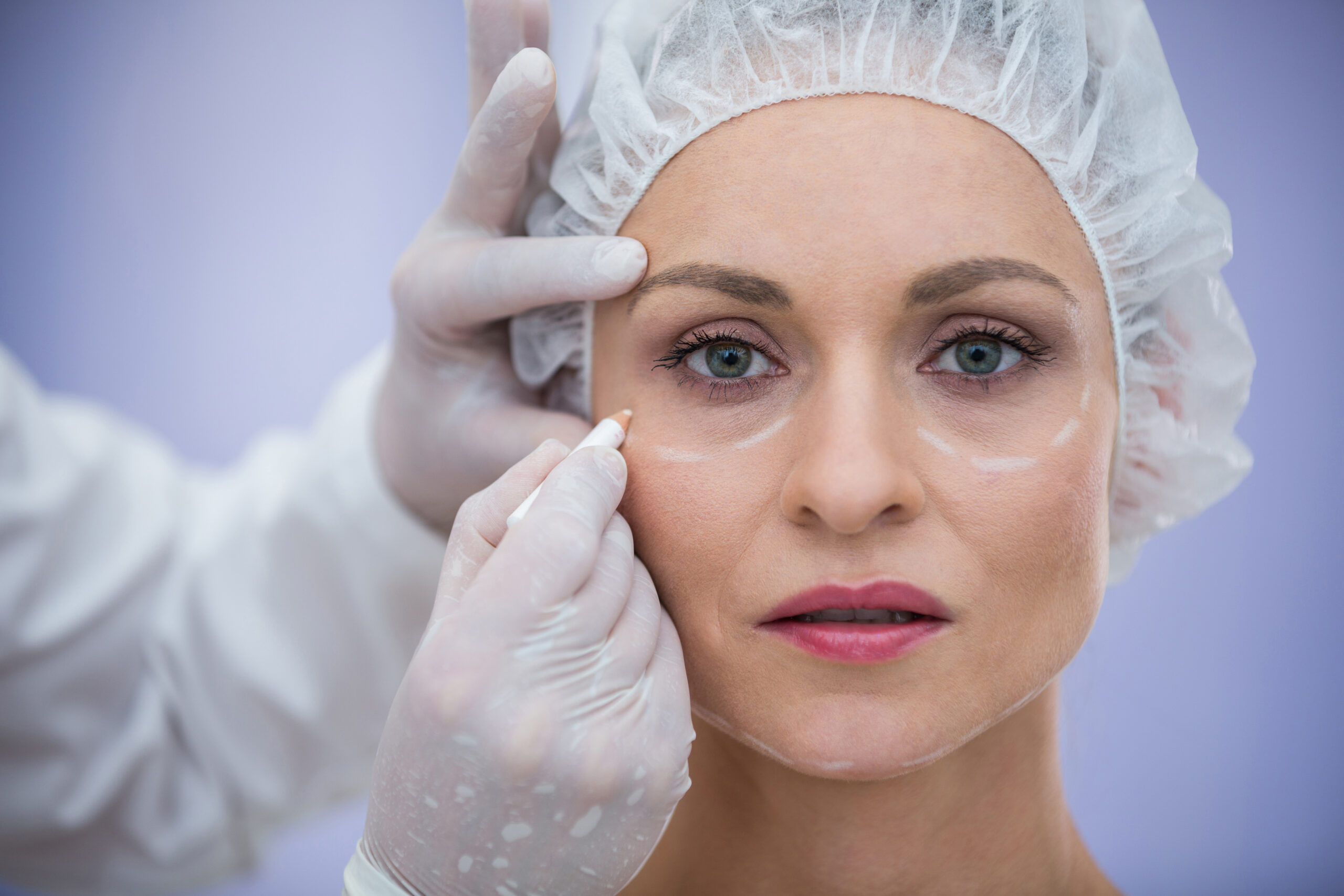 Face
Face
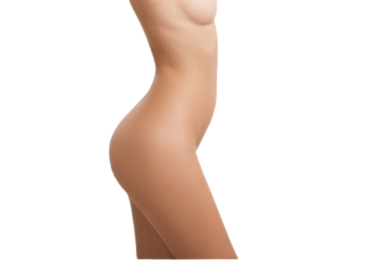 Body
Body
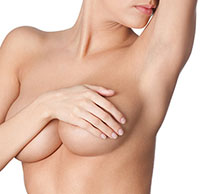 Breast
Breast
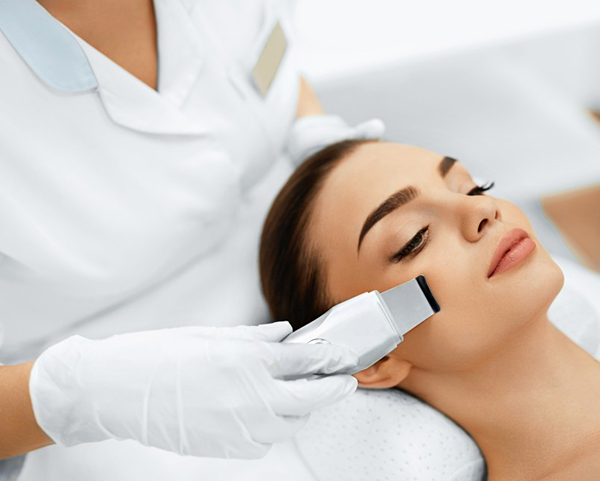 Non-Surgical
Non-Surgical
 Hair Transplants
Hair Transplants

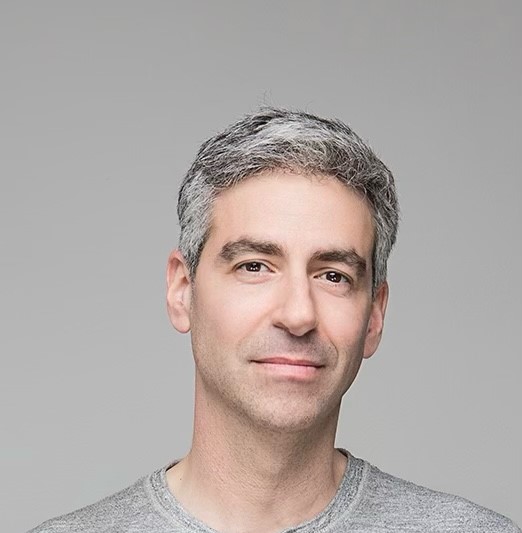 Dr. Cory S. Goldberg
Dr. Cory S. Goldberg Our Staff
Our Staff Policies
Policies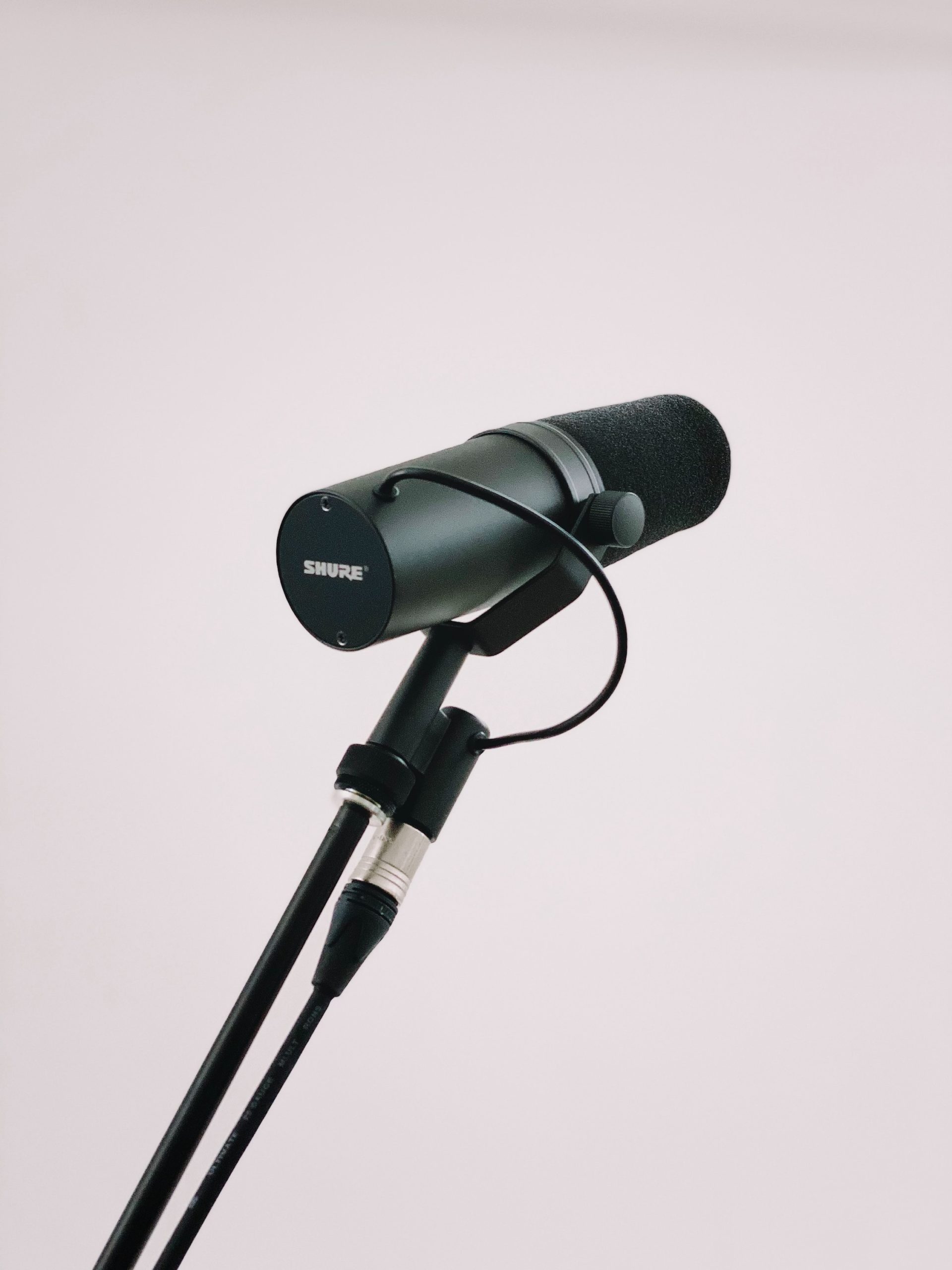 Media
Media Reviews
Reviews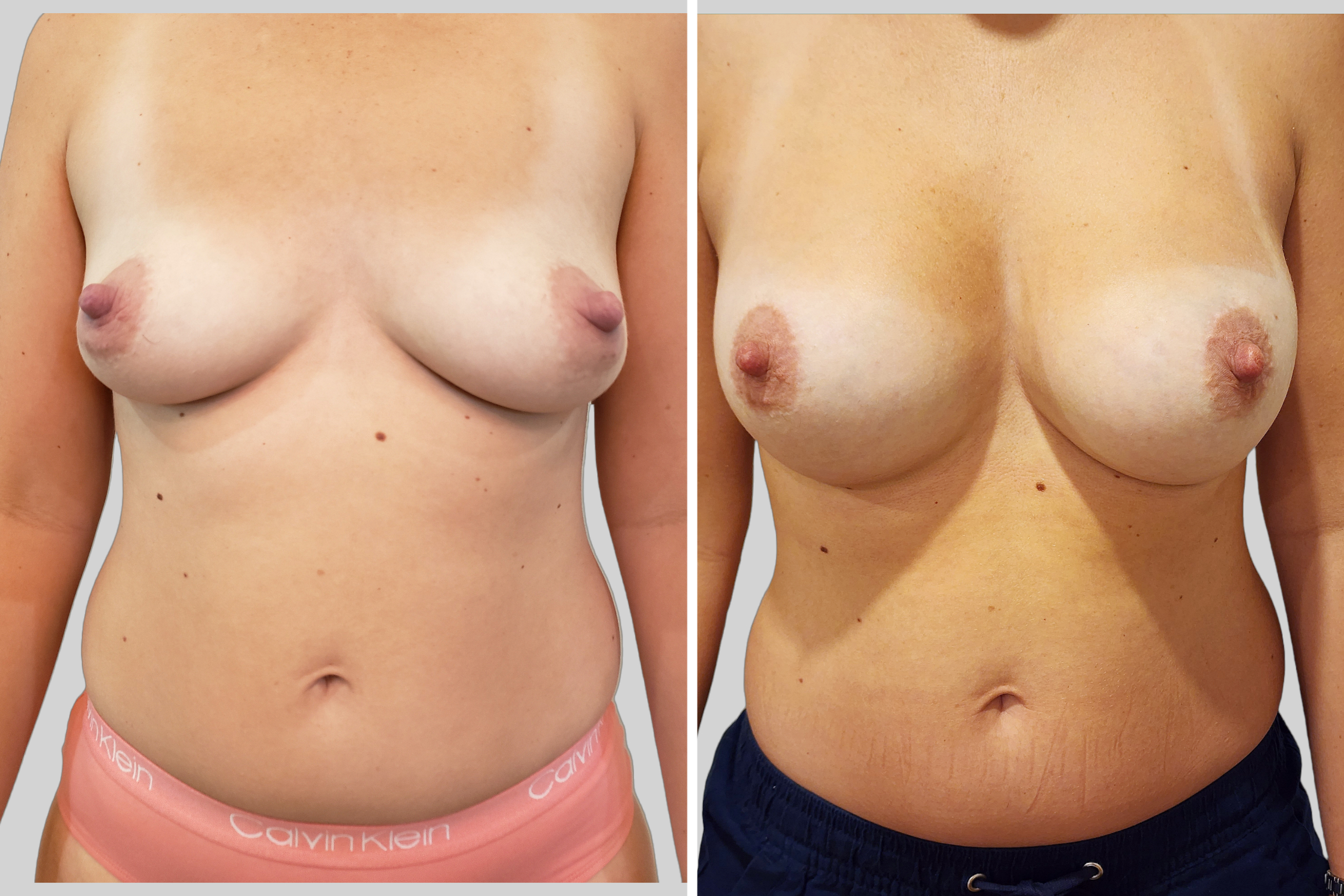 Breast Gallery
Breast Gallery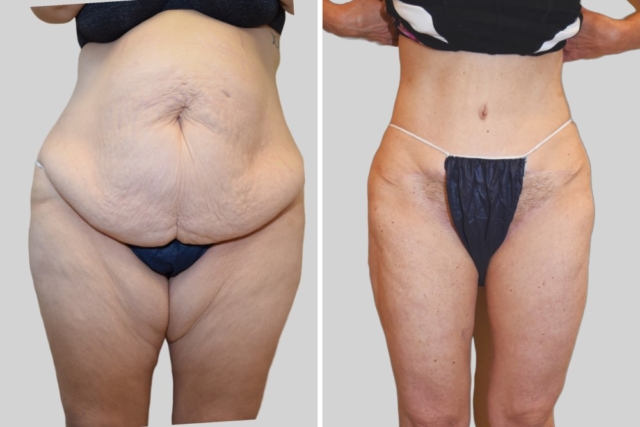 Body Gallery
Body Gallery
